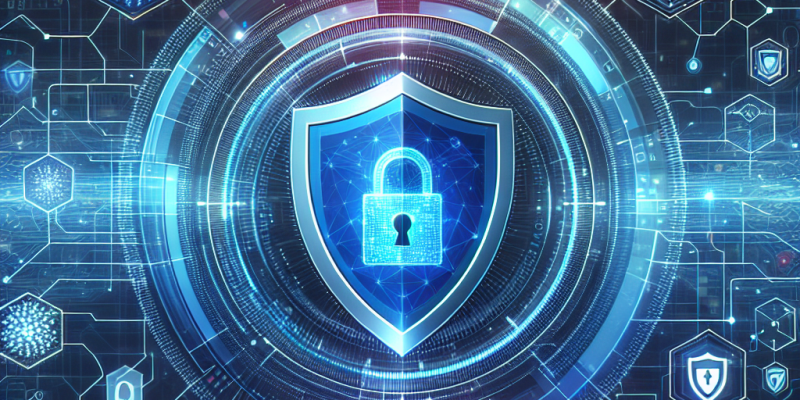2025 Cybersecurity Essentials: A Comprehensive Guide to Best Practices

In today’s digital world, cybersecurity is more important than ever. With increasing numbers of cyber threats, businesses and individuals must adopt best practices to protect their data. This article outlines essential cybersecurity strategies for 2025, helping you stay safe online.
Understanding Cybersecurity Threats
Cybersecurity threats have continued to evolve. In 2025, we see a rise in ransomware attacks, phishing scams, and data breaches. Ransomware attacks involve hackers locking users out of their systems and demanding payment to regain access. Phishing scams trick users into revealing personal information. Staying informed about these threats is the first step to protecting your data.
Best Practices for Individuals
-
Use Strong Passwords: Passwords should be complex, combining letters, numbers, and symbols. Avoid easily guessed passwords, such as birthdays or common words. Consider using a password manager to help create and store unique passwords.
-
Enable Two-Factor Authentication (2FA): 2FA adds an extra layer of security. Even if a hacker knows your password, they will need a second piece of information to access your account, such as a text message code.
-
Update Software Regularly: Keep your operating system, apps, and antivirus software up-to-date. Software updates often include security patches that protect against new threats.
-
Be Cautious with Public Wi-Fi: Public Wi-Fi networks are often insecure. Avoid accessing sensitive information, like banking sites, while on public Wi-Fi. If you must use it, consider using a Virtual Private Network (VPN) for extra security.
-
Educate Yourself and Your Family: Stay informed about the latest scams and threats. Talk to your family about recognizing phishing emails and other suspicious activities.
Best Practices for Businesses
-
Conduct Regular Security Training: Educate employees about security risks and how to handle them. Regular training helps create a security-aware culture within the organization.
-
Develop an Incident Response Plan: Have a plan in place for dealing with security breaches. This plan should outline how to respond quickly and effectively, minimizing damage.
-
Implement Network Security Measures: Use firewalls, intrusion detection systems, and encryption to protect your network. These tools help reduce the risk of unauthorized access.
-
Backup Your Data: Regularly backup important data in a separate, secure location. This protects against data loss due to cyberattacks or hardware failures.
-
Limit Access to Sensitive Data: Only give access to sensitive data to employees who need it for their jobs. Implement user permissions to control who can view or edit specific information.
Key Technologies in Cybersecurity for 2025
As we move forward, several technologies play a crucial role in enhancing cybersecurity:
-
Artificial Intelligence (AI): AI helps identify and respond to threats more quickly. It can analyze patterns and predict potential attacks, allowing organizations to act before damage occurs.
-
Machine Learning: Machine learning algorithms can adapt and improve over time, becoming more effective at detecting unusual behavior and potential threats.
-
Blockchain: This technology adds an extra layer of security by providing a decentralized method of storing data. It makes it harder for hackers to modify or steal information.
Conclusion
As we navigate the complexities of the digital age in 2025, it is essential to prioritize cybersecurity. By following best practices and staying informed about evolving threats, both individuals and businesses can better protect their sensitive information. Remember, cybersecurity is a shared responsibility, and everyone plays a part in creating a safer online environment.














